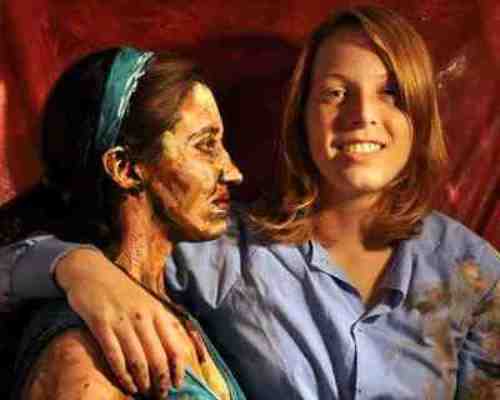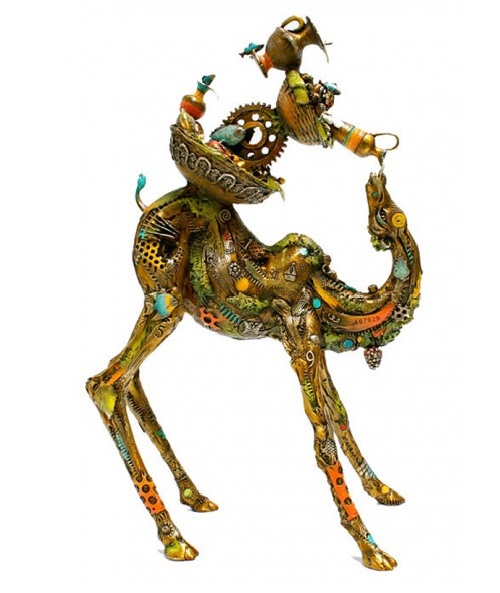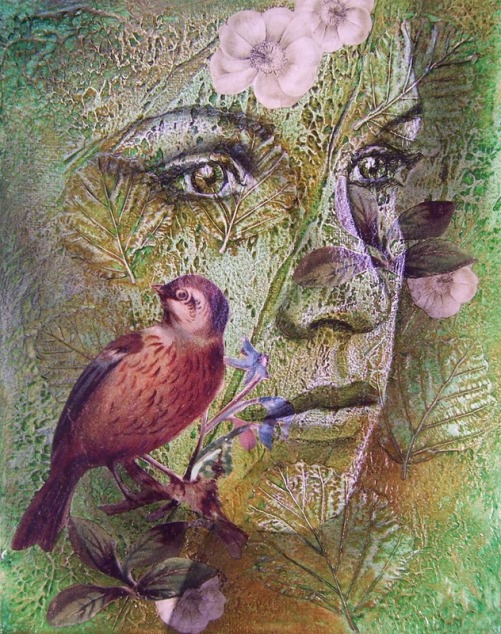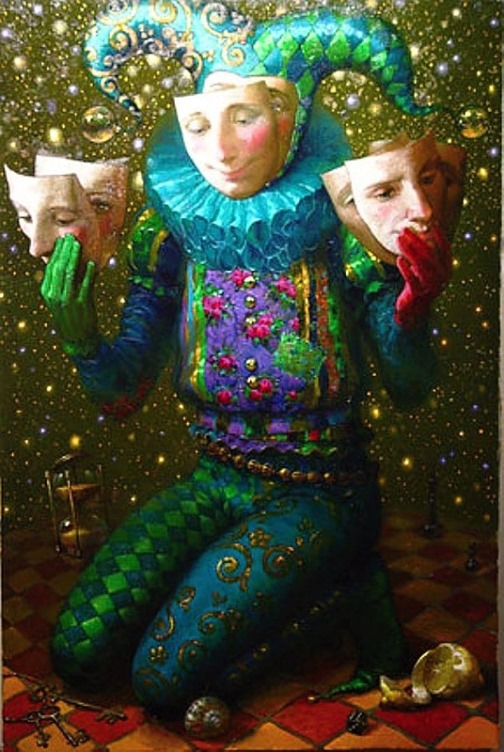Painting by Csaba Markus
Painting by Csaba Markus
Born in 1953 in Budapest, Csaba Markus is a Hungarian artist. In his childhood he was poor, without access to an education, and in limited supply of brushes, canvases, and oil paints. However, he spent endless hours in museums studying the old masters Leonardo Da Vinci, Rembrandt and Raphael. Roaming the many public squares that housed the great sculptures of the past, he encountered faces, gestures, and motions of the people during his travels. Also, he admired avant-garde art and abstraction. First, Markus began his career as a sculptor. At the age of fourteen, he and his work were featured on international public television.
Next, he began to work with traditional printmaking, including etching, around 1979. He often uses two or three copper plates when creating his etchings, and up to 100 colors when printing his serigraphs.
He mixes drypoint, aquatint and soft-ground etching techniques with graphite pencil. Closely associated with the sfumato technique, his oil painting begins with a grisaille in a gray or sepia, as a monochromatic version of the finished piece. When this is dry, Markus begins to add layers of glaze in different colors, letting each layer dry before adding the next one. Since the layers are all somewhat transparent, the result is a combination of the colors, creating a final hue as if the painter has simply mixed the colors. His painting created with very thin and transparent layers of paint, around the eyes and mouth as many as 30 layers.























